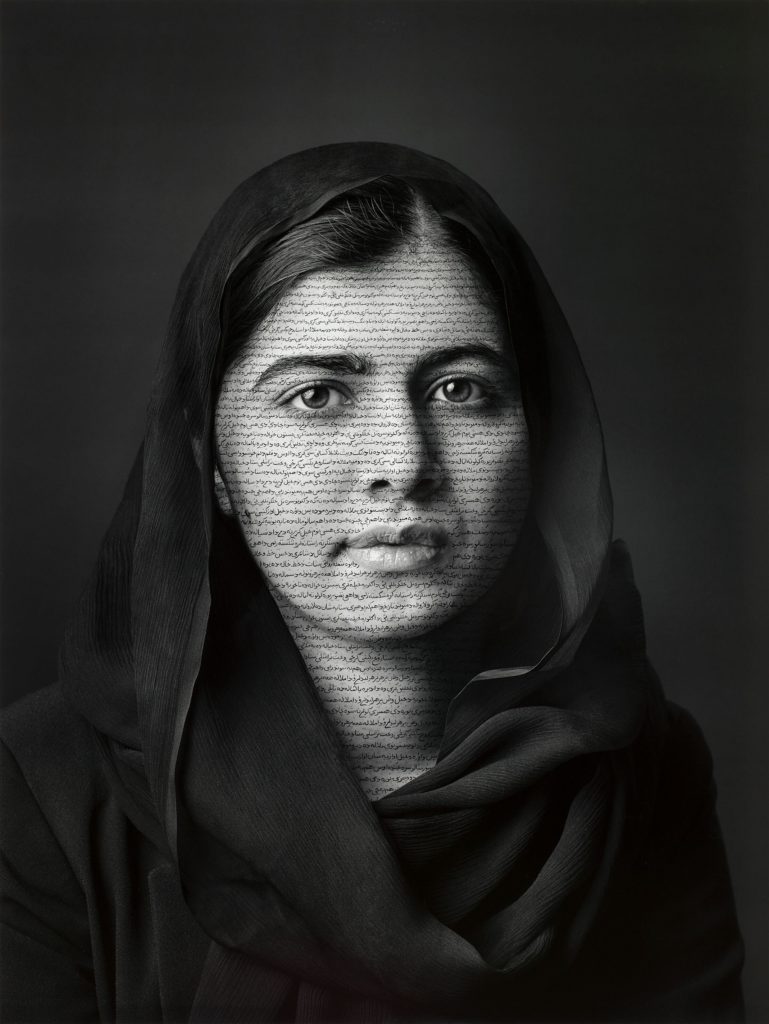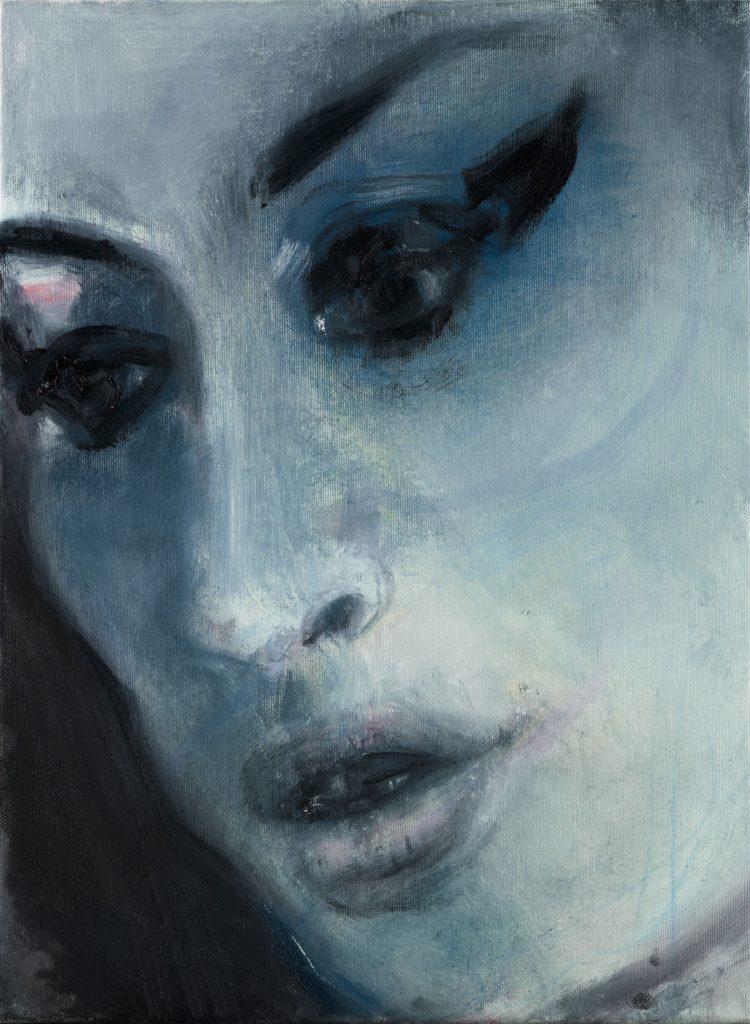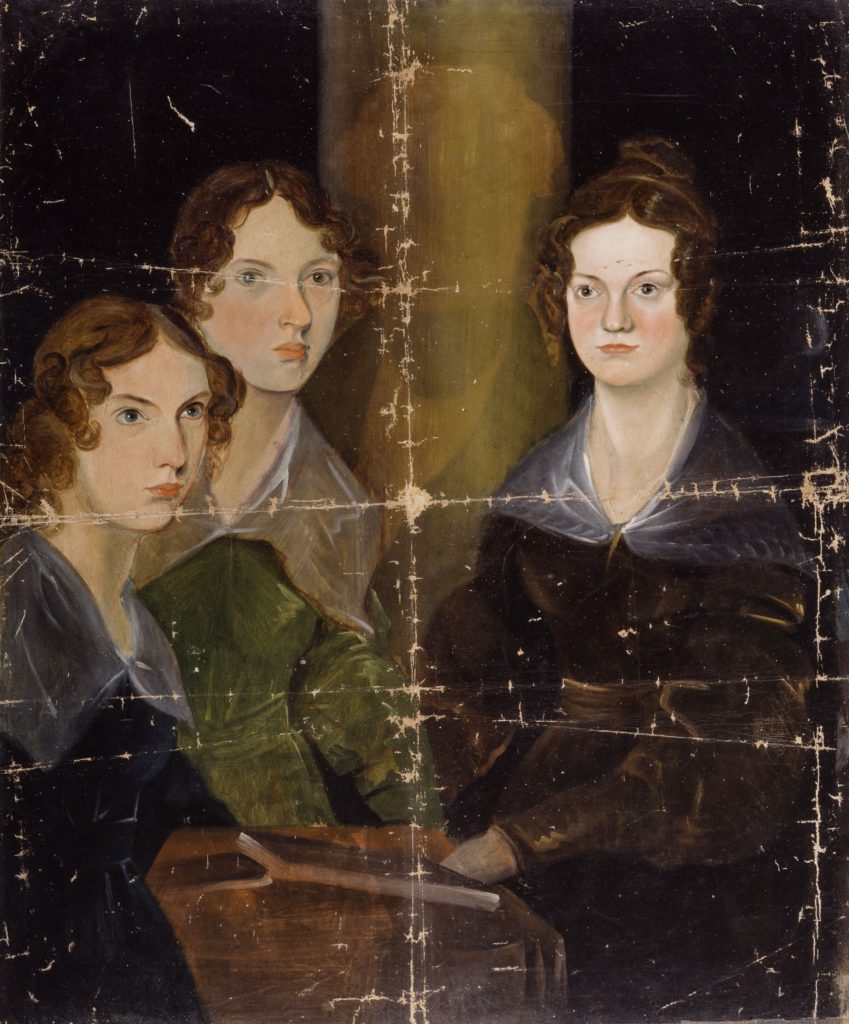Canberra’s National Portrait Gallery’s exhibition Shakespeare to Winehouse, Icons from the National Portrait Gallery, London offers a fascinating insight into how portraiture has changed over the centuries.

Featuring 84 works, the exhibition includes paintings dating back to the 16th century, photographs and even a holographic `portrait’ of numerous high-profile individuals who have impacted British history over the last 500 years.

The selection of the works chosen to come to Australia adds to the exhibition’s intrigue. With the London Portrait Gallery closed until 2023 for renovations there were around 200,000 works to choose from!
In the end curators have gone with old and new ‘names’ most visitors to the exhibition would recognise. The ‘old’ include William Shakespeare (which is also the first work acquired by the gallery), Charles Dickens, Dylan Thomas, Beatrix Potter, Sir Isaac Newton, Sir Walter Raleigh, Charles Darwin, Oliver Cromwell, Horatio Nelson and Sir Anthony van Dyck.
The ‘new’ include Joan Collins, David Beckham, Malala Yousafzai, Ed Sheeran and Amy Winehouse.

Rather than exhibiting the portraits in chronological order, as is the case in London, the Australian exhibition has arranged the portraits according to what the curators believe are intrinsic to portraiture.
Thus the five themes – Fame, Identity, Self, Love and Loss, Innovation and Power – see historical portraits share the walls with modern photographs and other art works.
As a result the exhibition includes some `lesser known’ names including the 1792 portrait of Chevalier D’Eon, the earliest representation of a transgender person in the gallery and the 1918 portrait of Radclyffe Hall whose semi-autobiographical novel The Well of Loneliness (1928) became immediately famous for Hall’s frank portrayal of its lesbian central relationship.

Not surprisingly royalty is well represented in the exhibition. As well as paintings of Henry VIII and Queen Elizabeth I there’s Terence Donovan’s photograph of Princess Diana and the first holographic portrait of the present Queen.
This hologram is one of the more unexpected exhibits. The sculpture of Sir Tim Berners Lee is another. Cast in bronze and painted, the sculpture is a two thirds life size depiction of the founder of the world wide web.
Both these exhibits together with the portrait of Amy Winehouse show just how portraiture has changed over the years.

As the excellent notes which accompany the exhibition explain: “Portraiture was formerly an exclusive genre, accessible only to those with wealth and power and thus represented a very narrow sector of society. In the nineteenth century the concept of power began to encompass moral, intellectual and cultural authority and photography helped effect portraiture’s democratisation. The representation of power in portraiture can now be unobtrusive and subtle, often residing in something as simple as a sitter’s wise or resolute gaze.”
There’s no doubt resolute gazes are clearly evident in a number of the portraits featured, especially in the more historic. At times you feel their eyes are following you!
It’s also fascinating to read about those featured and compare the information given with their portrait. For example, it comes as no surprise that Emma Hamilton achieved celebrity through her beauty, personal vitality and skills as a performer.

While most portraits are in pristine condition, The Brontë Sisters by Patrick Branwell Brontë isn’t. This portrait was discovered by Mrs M. A. Nicholls, the second wife of Charlotte Brontë’s widower, on top of a wardrobe at Hill House, Banagher in Ireland. Having been folded up for many years, it was marked by a number of crease lines. The Gallery decided to leave the portrait in its discovered state so it still features the creases.
Seeing and learning about the portraits and their subjects and then realising many works were painted centuries ago ensures a visit to the exhibition is an educationally rewarding and a most enjoyable experience.
Shakespeare to Winehouse, Icons from the National Portrait Gallery, London is showing at the National Portrait Gallery Canberra until July 17. Visit the National Portrait Gallery website for more information and tickets.
- Canberra, exhibition, portrait
Subscribe My Newsletter
Unsubscribe at any time.





Thank you for the interesting review, Jenny.
Worth a trip to Canberra!